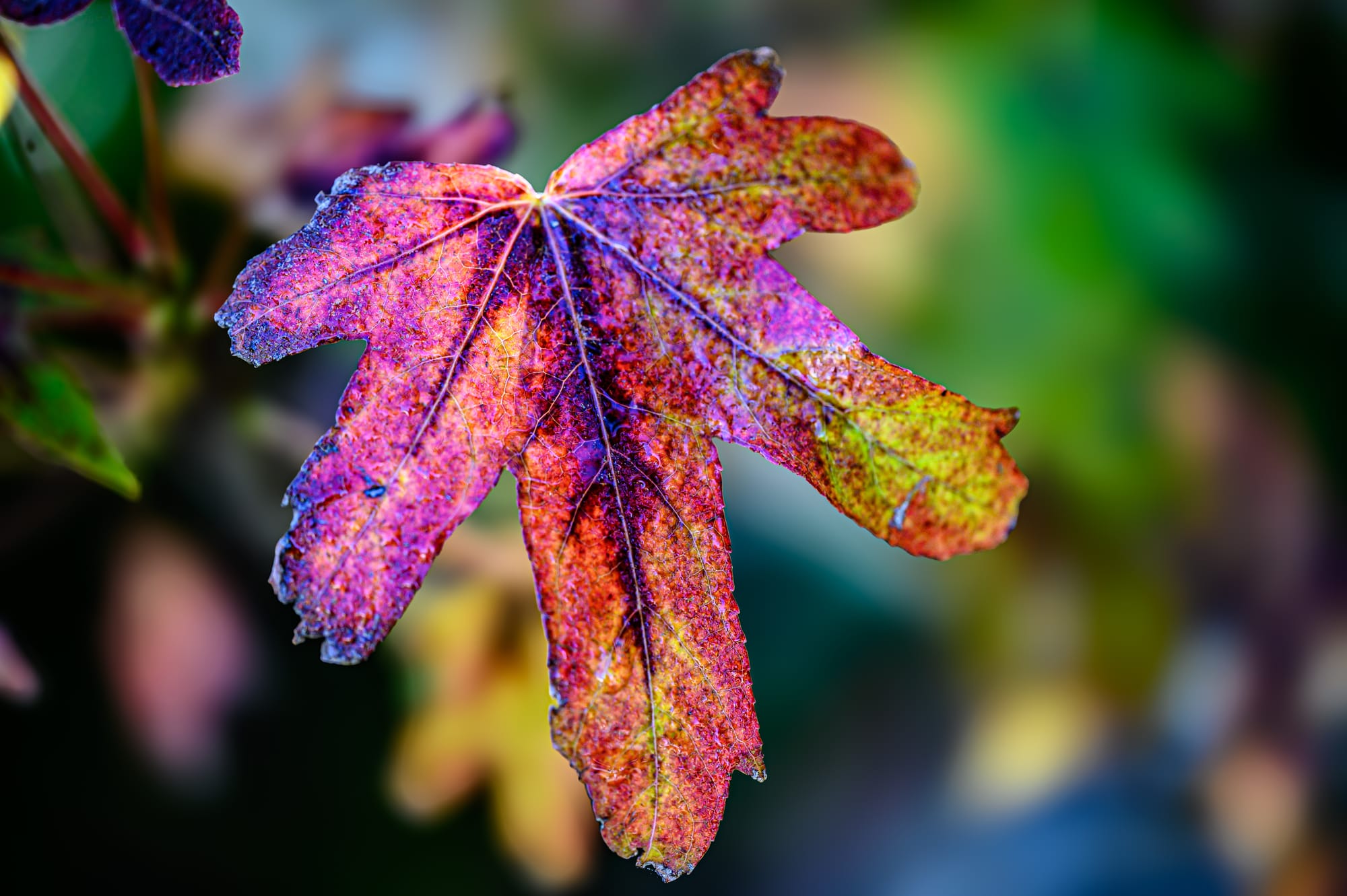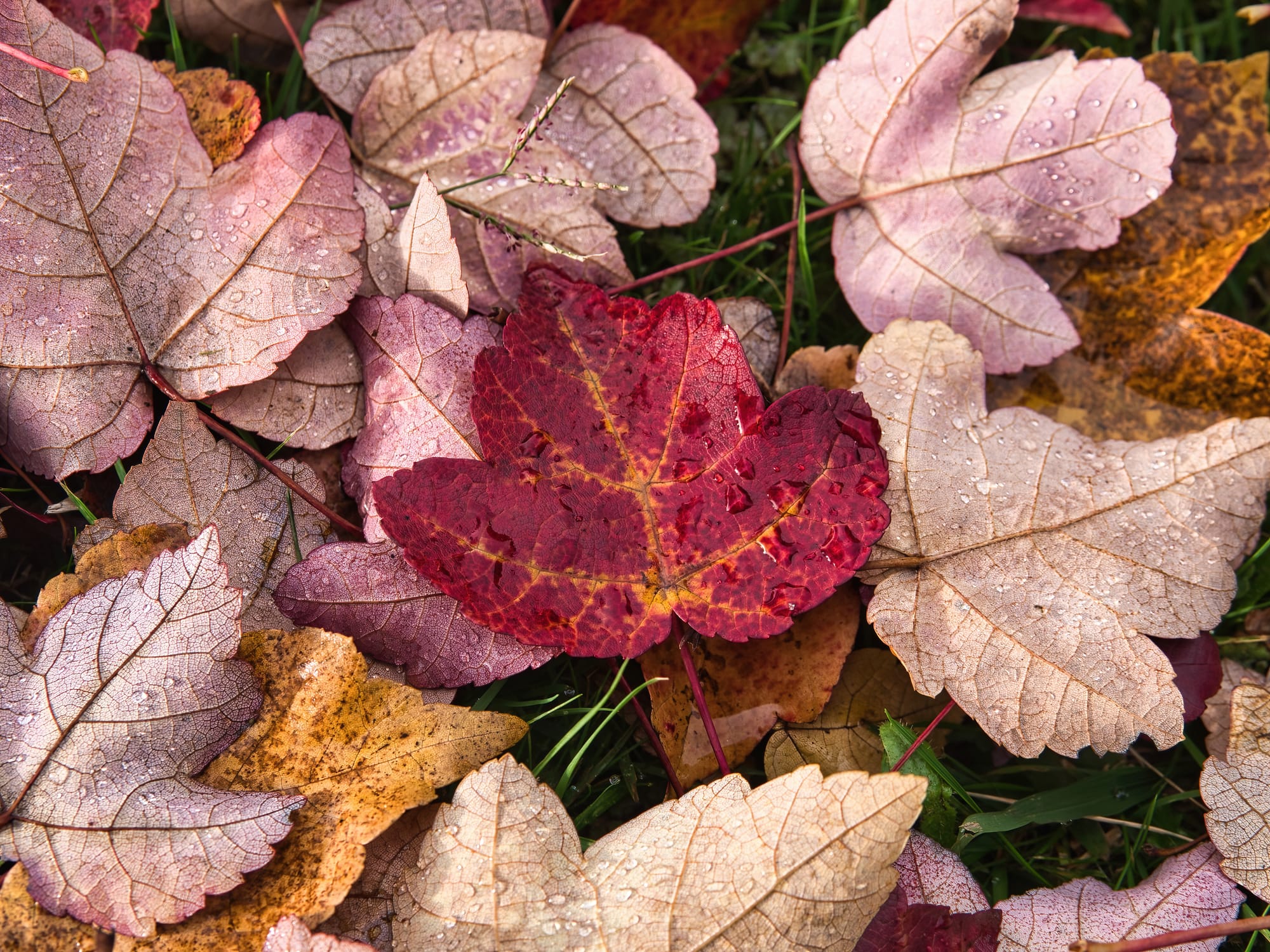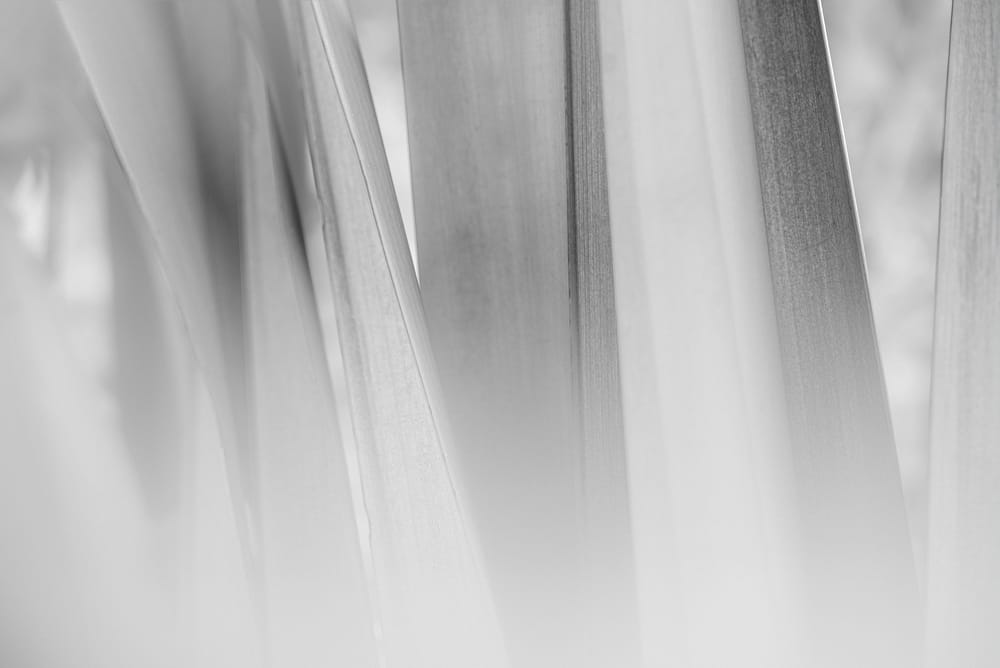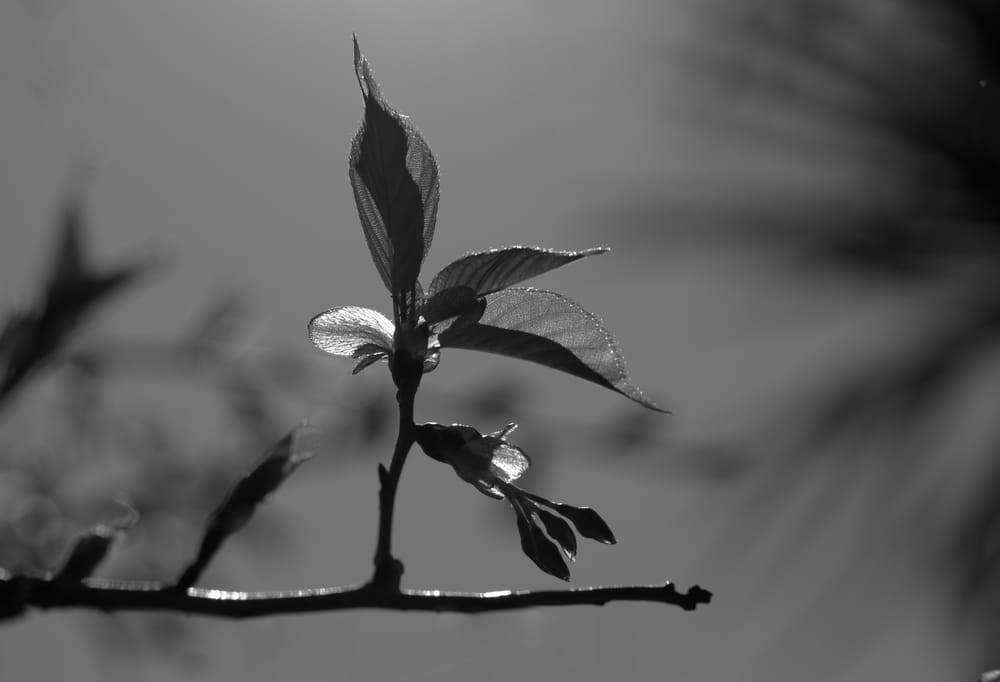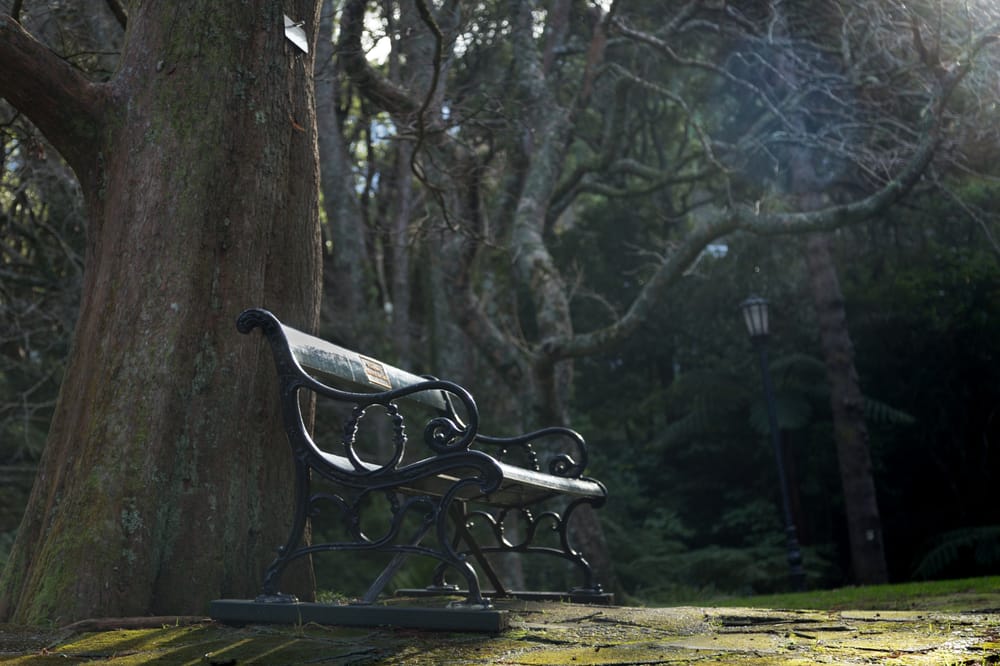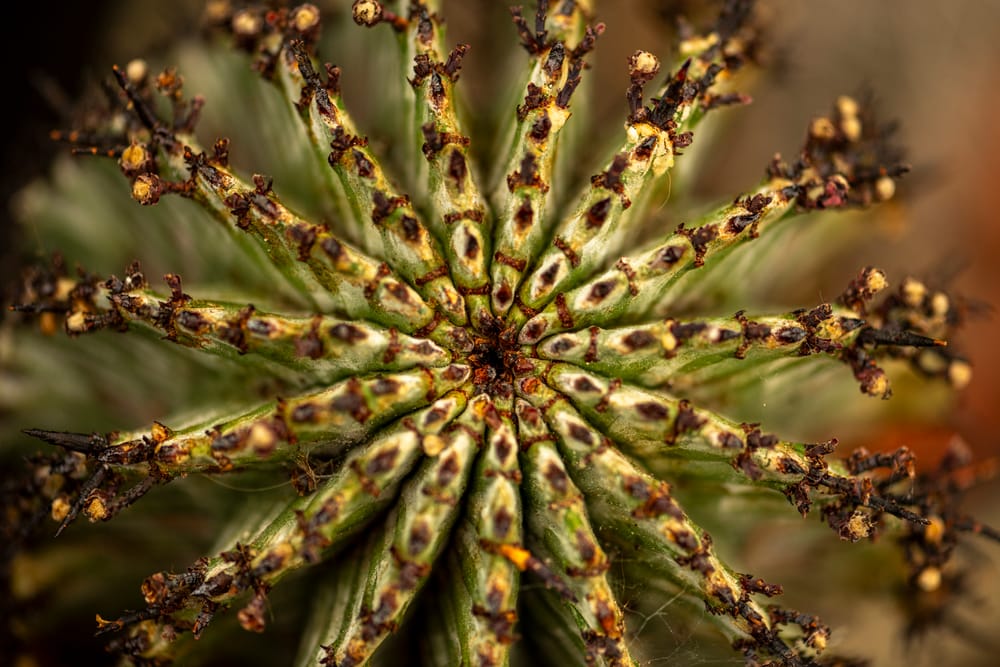Colour is a vital element in photography, capable of conveying mood, emotion, and context. In this article we feature the entries from our Weekly Challenge that brilliantly captured and celebrated colour, exploring how it shapes our perception and enhances storytelling in photography.
What we perceive as colour is actually the result of our brains interpreting specific wavelengths of light. Objects absorb some wavelengths and reflect others, and it's these reflected wavelengths that determine the colour we see. Thus, colour doesn't exist independently but is created by the interaction of physical light with our physiological processes.
The impact of colour in photography
- Emotional influence: Different colours evoke different emotions. Red can convey passion or danger, blue can suggest calmness or sadness, and yellow might bring feelings of happiness and energy. The use of colour in photography can dramatically influence the viewer's emotional response to an image.
- Guiding the viewer’s eye: Colour can direct attention within a photograph. Bright or contrasting colours draw the eye, while muted tones can cause areas of an image to recede into the background. Skilful use of colour can control the viewer's focus and guide their journey through the image.
- Symbolism and culture: Colours have different meanings in various cultures. Understanding the symbolism of colour can add layers of meaning to a photograph, enriching the viewer's experience and deepening the narrative.
- Atmosphere and tone: The overall colour palette of an image can set the tone and atmosphere. Warm colours can create a feeling of warmth and light, while cool colours might create a more sombre and detached mood. As a photographer you can use colour temperature and saturation to enhance the atmospheric quality of your photos.
Explore the photographs below - it's a vibrant showcase of colour and its expressive power in photography.




